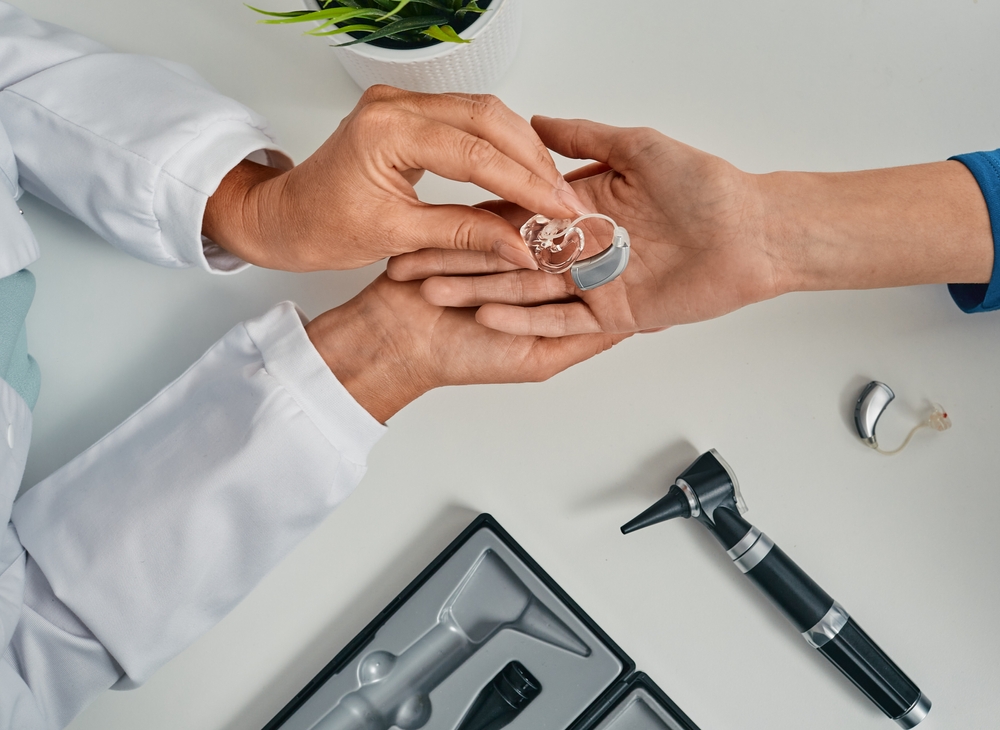
Hearing aids play a crucial role in improving sound clarity and enhancing daily communication. To keep them performing at their best, regular maintenance and professional cleanings are crucial. As a result of prolonged use, an accumulation of earwax, moisture, and other particles can occur, causing performance to decline. Recognizing when it is time to schedule professional maintenance can help prolong the longevity of your hearing aids and ensure they continue to work at their best.
The significance of professional hearing aid cleaning
Even with regular at-home care, hearing aids gradually collect buildup that may affect sound quality and performance. Routine upkeep provides a number of advantages:
- Deep Cleaning– Eliminates earwax, dust, and moisture that everyday cleaning tools may not effectively remove.
- Increased Performance– Removes blockages that can cause muffled sound or distortion.
- Increased Longevity – Helps to avoid early degeneration, thereby reducing the necessity for repairs or replacements.
Having your hearing aids cleaned by a professional helps ensure they work at their best, decreasing the likelihood of unforeseen malfunctions.
Indications that your hearing aids need professional maintenance
Not certain if your device is due for a deep clean by a pro? Keep an eye out for these obvious indicators that it’s time to call in the experts:
- Muted or Distorted Sound Quality: If speech and ambient sounds seem muffled, dull, or distorted, it might be due to wax or debris blocking the microphone or speaker.
- Persistent Whistling or Feedback: A high-pitched screeching sound (feedback) can signify wax accumulation or a poor fit. A professional cleaning can help eliminate blockages and refine the fit.
- Problems with Volume Control: If adjusting the volume doesn’t seem to have the desired effect, internal elements might require repair or software reset.
- High humidity can impact the device’s internal components, resulting in random audio interruptions or unreliable button control. A professional technician can assess and resolve any moisture-related concerns.
- Visible Wax or Dirt Build-up: If you see a significant buildup of wax or debris on your hearing aids, professional cleaning ensures a more complete removal than at-home care.
- Utilize precision tools to remove wax, dirt, and moisture without damaging delicate parts.
- Confirm the correct functioning by examining and fixing any broken parts.
- Inspect both software and hardware to determine any performance problems that might be affecting the quality of sound.
- Replace worn-out filters or tubing that may be impede device performance.
- General maintenance should be conducted every 3 to 6 months.
- More frequent cleanings are suggested for individuals prone to excessive earwax accumulation or those living in humid environments.
- As soon as issues emerge, dealing with modest issues early can prevent costly repairs.
What does a professional hearing aid cleaning look like?
A professional cleaning visit goes past standard upkeep and ensures your devices operate optimally. Here a number of things your hearing specialist will do during a cleaning:
How frequently should you schedule professional maintenance?
The frequency of professional cleanings relies on factors including earwax production, moisture levels, and usage habits. Frequently recommended best practices are:
Keep your hearing aids in great condition
To keep your hearing aids functioning optimally and delivering crisp, clear audio, it’s essential to schedule regular exams and maintenance with a hearing care professional.
If distorted sound, echoing, or technical issues are disrupting your experience, it’s likely that a comprehensive, expert cleaning is in order.
Set up an appointment for your hearing aid cleaning and maintenance now.
